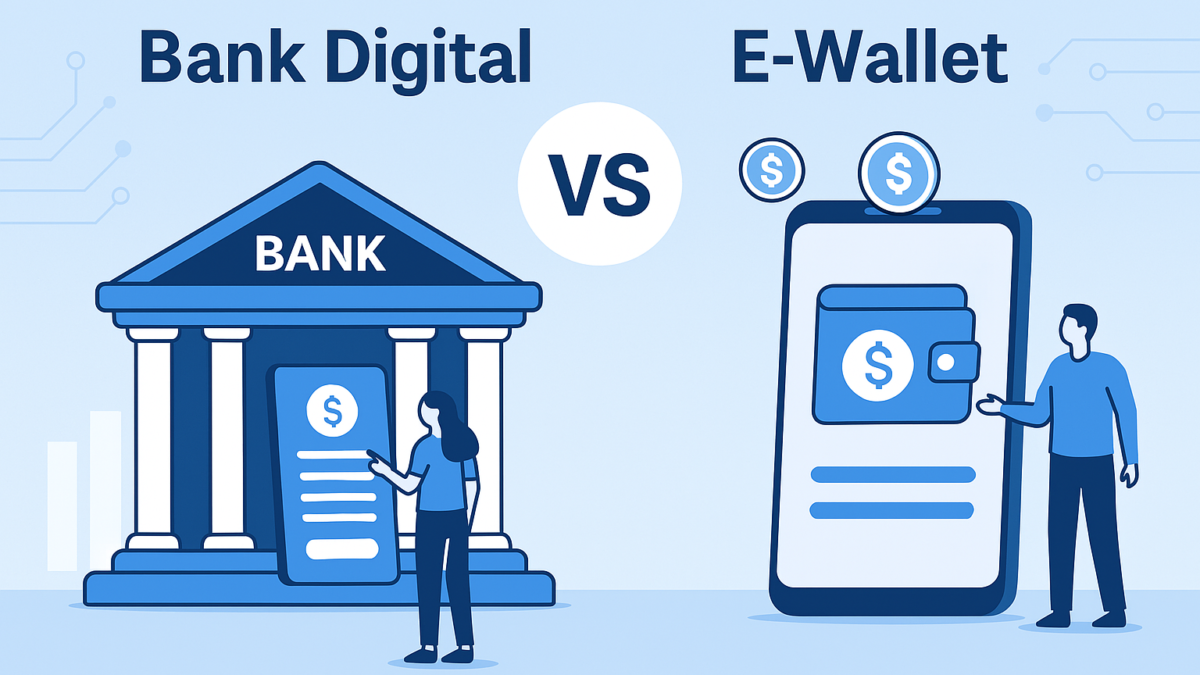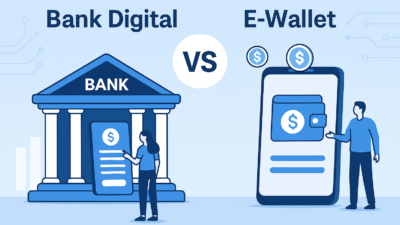
Overview
Bootstrapping is a popular method for entrepreneurs to fund their startups without relying on external investments. While it offers complete control and independence, bootstrapping also comes with significant challenges. This article explores the advantages and disadvantages of bootstrapping your startup, helping you decide if it’s the right path for your business.
What is Bootstrapping?
Bootstrapping is the process of funding a business using personal savings, revenue generated by the business, or minimal external financial resources. Instead of seeking venture capital, loans, or angel investors, entrepreneurs rely on their own financial discipline and resourcefulness to grow their companies.
The Pros of Bootstrapping Your Startup
- Full Ownership and Control
- Advantage: When you bootstrap, you retain 100% ownership of your business. You have full decision-making authority without having to answer to investors or stakeholders.
- Why It Matters: This freedom allows you to pivot, experiment, and grow your business at your own pace.
- Strong Financial Discipline
- Advantage: Bootstrapping forces you to make lean, strategic decisions about spending and resource allocation.
- Why It Matters: This discipline can create a sustainable foundation for long-term growth.
- Faster Decision-Making
- Advantage: Without the need to consult external investors or partners, decisions can be made quickly and implemented immediately.
- Why It Matters: Speed is critical in the fast-moving world of startups.
- Focus on Profitability
- Advantage: Bootstrapped businesses often prioritize profitability from day one to sustain operations.
- Why It Matters: This focus reduces the risk of running out of cash and builds a financially sound company.
- No Dilution of Equity
- Advantage: By avoiding external funding, you don’t dilute your equity. This ensures that your hard work translates directly into ownership value.
- Why It Matters: You reap the full rewards of your startup’s success.
- More Creativity and Resourcefulness
- Advantage: Limited resources encourage entrepreneurs to think creatively and find innovative solutions.
- Why It Matters: This mindset can lead to unique products or services that differentiate your startup.
The Cons of Bootstrapping Your Startup
- Limited Capital for Growth
- Disadvantage: Without external funding, your growth may be constrained by the capital you can personally generate or reinvest.
- Why It Matters: Scaling quickly in a competitive market can be difficult without significant financial resources.
- Increased Financial Risk
- Disadvantage: Bootstrapping often involves using personal savings or taking on personal debt, putting your financial stability at risk.
- Why It Matters: A failed venture could leave you in a challenging financial position.
- Slower Scaling
- Disadvantage: Without substantial funding, expanding your team, operations, or marketing efforts may take longer.
- Why It Matters: Competitors with external funding may outpace you in market penetration.
- Limited Expertise and Network
- Disadvantage: External investors often bring industry expertise and valuable networks. Bootstrapping means you miss out on these benefits.
- Why It Matters: This could limit your access to mentorship, strategic guidance, and partnership opportunities.
- Personal Stress and Burnout
- Disadvantage: Relying solely on your resources can lead to significant personal stress, especially if the business struggles.
- Why It Matters: Burnout can impact your decision-making, health, and overall business performance.
- Difficulty Competing with Funded Startups
- Disadvantage: Competitors with external funding may have larger marketing budgets, better technology, or more robust teams.
- Why It Matters: This can make it harder to gain a foothold in your industry.
When Should You Bootstrap Your Startup?
Bootstrapping is a good option if:
- You have a clear, lean business model that doesn’t require significant upfront investment.
- Your target market can be reached with minimal marketing costs, such as through social media or word-of-mouth.
- You value complete control over your business and are comfortable with slower, steady growth.
- You have personal savings or initial revenue streams that can sustain operations during the early stages.
Alternatives to Bootstrapping
If bootstrapping doesn’t align with your goals or resources, consider these alternatives:
- Angel Investors: Individual investors who provide capital in exchange for equity or convertible debt.
- Venture Capital: Investment from firms that fund startups with high growth potential.
- Crowdfunding: Raising small amounts of capital from a large number of people via platforms like Kickstarter or Indiegogo.
- Small Business Loans: Loans from banks or financial institutions to support operational costs.
- Government Grants: Non-repayable funds offered by government programs to support small businesses.
Real-Life Examples of Bootstrapping Success
- Mailchimp
- Overview: Started as a bootstrapped company offering email marketing services.
- Outcome: Grew into a multi-billion-dollar business without taking external funding.
- Lesson: Focused on profitability and customer satisfaction to fuel growth.
- Spanx
- Overview: Sara Blakely founded Spanx with $5,000 in savings.
- Outcome: Built a billion-dollar brand without external funding.
- Lesson: Believing in your vision and leveraging creativity can overcome financial constraints.
Conclusion
Bootstrapping can be a rewarding path for entrepreneurs who value independence and financial discipline. However, it requires careful planning, resourcefulness, and resilience to navigate the challenges. Before deciding, weigh the pros and cons against your business goals, personal financial situation, and growth aspirations. Whether you choose to bootstrap or seek external funding, the key is to stay committed, adaptable, and focused on delivering value to your customers.















